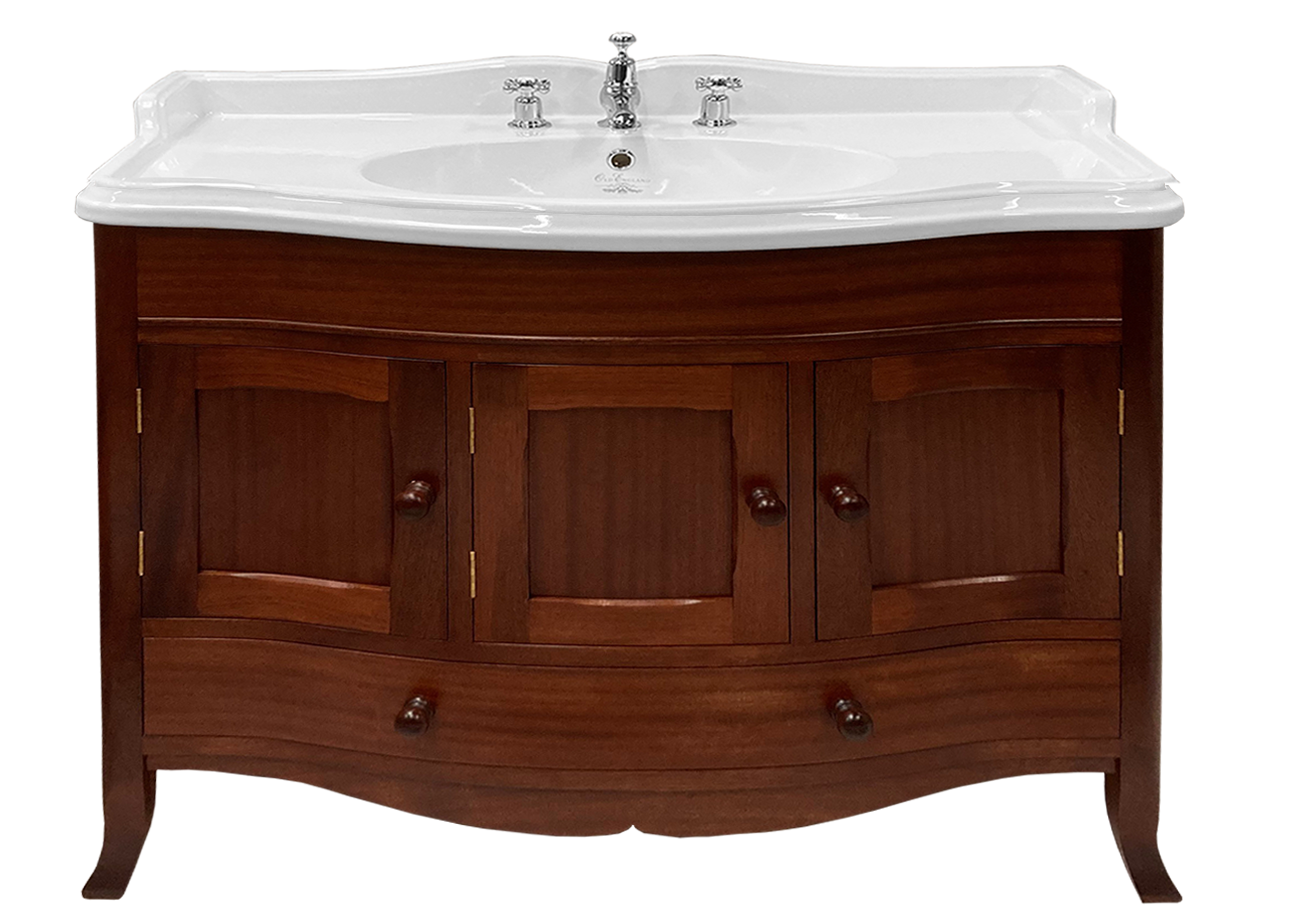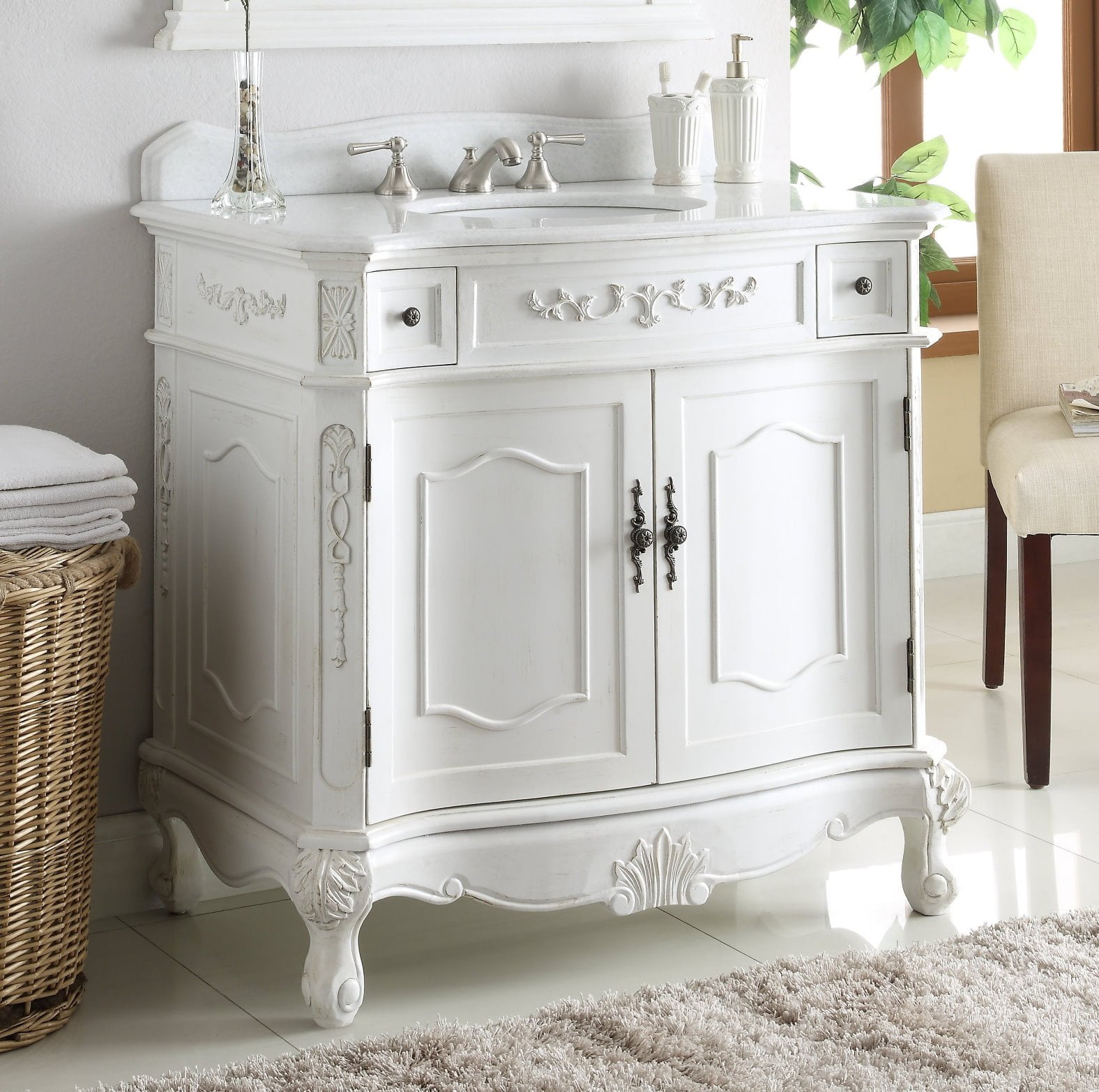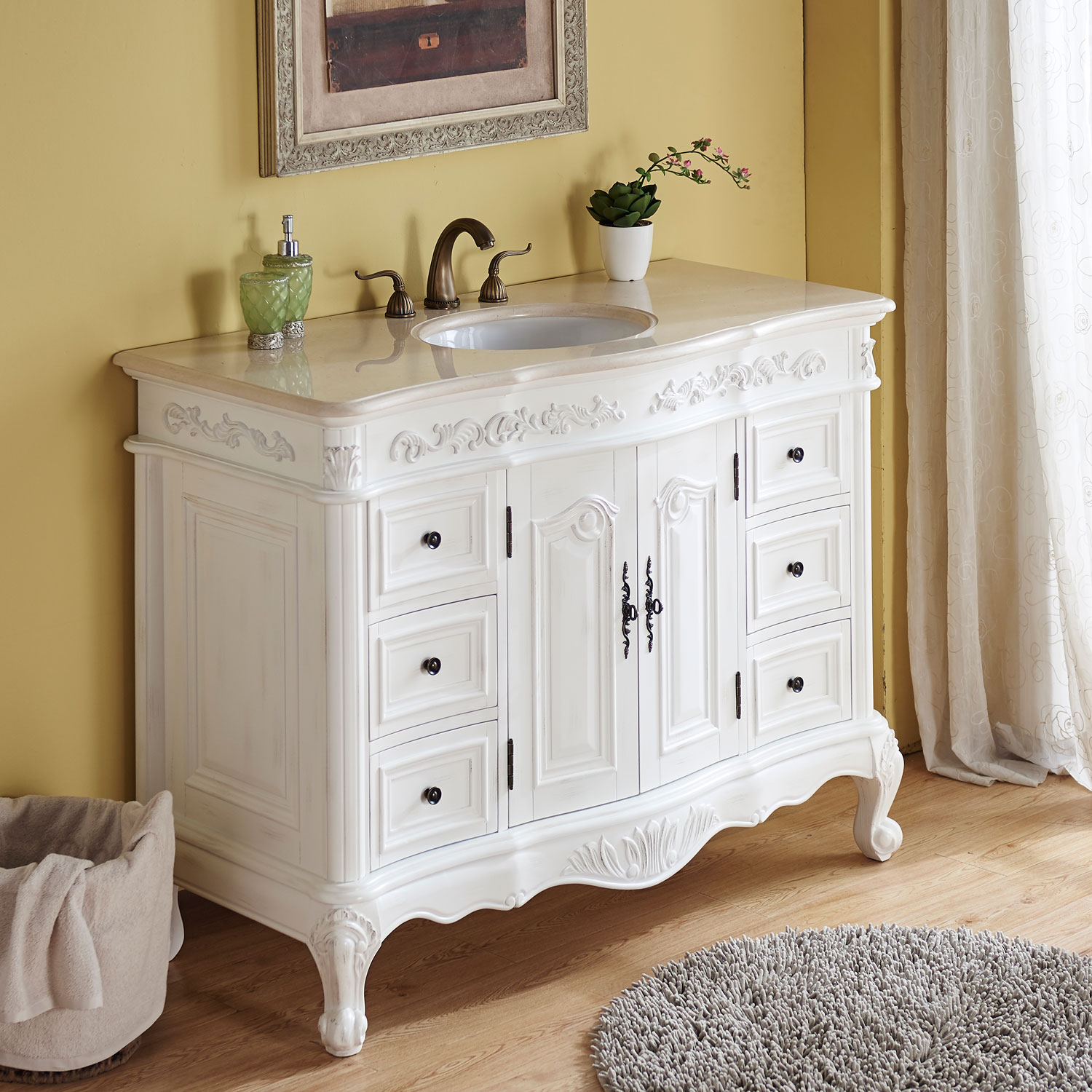The Rise of the 1930s Bathroom Cabinet: 1930s Style Bathroom Cabinets

The 1930s was a decade of significant change and innovation, with the Great Depression giving way to a burgeoning sense of optimism and a renewed focus on modern design. This era saw a transformation in bathroom design, with the introduction of new materials, streamlined aesthetics, and an emphasis on functionality. The bathroom cabinet, a key element of bathroom storage and organization, underwent a dramatic evolution during this period, reflecting the changing tastes and priorities of the time.
Key Features of 1930s Bathroom Cabinets
The 1930s bathroom cabinet was characterized by a distinct blend of practicality and style. The decade’s embrace of Art Deco and Streamline Moderne design principles influenced the aesthetics of these cabinets, resulting in sleek, geometric lines, rounded corners, and an emphasis on clean, uncluttered forms.
- Materials: While earlier cabinets were often made of wood, 1930s cabinets embraced new materials like metal, particularly chrome and nickel, which added a touch of modern sophistication. This shift reflected the increasing availability and affordability of these materials.
- Styles: The most common styles of 1930s bathroom cabinets included:
- Art Deco: These cabinets often featured bold geometric patterns, intricate inlays, and a luxurious feel. They frequently incorporated mirrored surfaces and decorative elements like chrome accents and glass shelves.
- Streamline Moderne: These cabinets emphasized smooth, flowing lines, rounded corners, and a sense of aerodynamic elegance. They were often characterized by simple, functional designs and a focus on clean lines.
- Functionality: 1930s bathroom cabinets were designed with practicality in mind. They often featured integrated mirrors, built-in medicine cabinets, and adjustable shelves to maximize storage space. These cabinets were designed to accommodate the growing array of toiletries and personal care products that were becoming increasingly popular during this era.
Comparison with Earlier and Later Styles
The 1930s bathroom cabinet represented a departure from the more ornate and traditional designs of earlier eras. Unlike the heavy, dark-wood cabinets of the Victorian era, 1930s cabinets embraced a lighter, more streamlined aesthetic, reflecting the modern design trends of the time.
The 1930s bathroom cabinet also paved the way for the more minimalist and functional designs that became popular in later decades. The emphasis on streamlined aesthetics and practical functionality, seen in 1930s cabinets, foreshadowed the sleek, modern designs of the mid-century and contemporary eras.
Notable Examples of 1930s Bathroom Cabinets
The 1930s saw the construction of many iconic homes and buildings, which featured innovative bathroom designs and striking bathroom cabinets. Some notable examples include:
- The Ennis House, Los Angeles, California: Designed by Frank Lloyd Wright in 1924, this iconic home features a stunning bathroom with a built-in vanity that embodies the Streamline Moderne aesthetic. The cabinet’s sleek lines, integrated mirror, and chrome accents are characteristic of the era’s design sensibilities.
- The Fallingwater, Mill Run, Pennsylvania: Another masterpiece by Frank Lloyd Wright, Fallingwater features a bathroom with a custom-designed cabinet that seamlessly integrates with the home’s natural surroundings. The cabinet’s simple, functional design and use of natural materials exemplify the era’s emphasis on harmony between architecture and nature.
Design Elements and Aesthetics

The 1930s bathroom cabinet was a symphony of style, combining practicality with a touch of Hollywood glamour. From the intricate hardware to the sleek finishes, these cabinets were a testament to the era’s fascination with modern design.
Hardware, 1930s style bathroom cabinets
The hardware used on 1930s bathroom cabinets was often a defining feature. Common choices included:
- Crystal knobs: These elegant knobs, often cut into geometric shapes, added a touch of sparkle and sophistication to the cabinets.
- Brass pulls: Brass was a popular choice for hardware in the 1930s, and pulls often featured intricate designs, such as Art Deco motifs or stylized floral patterns.
- Bakelite handles: Bakelite, a synthetic material popular in the 1930s, was often used for handles, adding a touch of industrial chic.
Finishes
The finishes used on 1930s bathroom cabinets were equally important in defining their aesthetic.
- Lacquer: Lacquer was a popular choice for finishes, offering a smooth, durable surface that could be easily cleaned. Lacquer finishes were often available in a variety of colors, from classic white to bold shades of red and green.
- Enamel paint: Enamel paint was another popular option, offering a durable and glossy finish. Enamel paints were often used in lighter colors, such as cream or pastel shades.
- Wood veneers: Wood veneers were sometimes used to add a touch of elegance to bathroom cabinets. Popular choices included walnut, oak, and mahogany.
Color Palettes and Patterns
The color palettes and patterns used in 1930s bathroom design were influenced by the Art Deco and Streamline Moderne styles.
- Geometric patterns: Geometric patterns, such as chevrons, zigzags, and sunbursts, were popular in 1930s design. These patterns were often incorporated into tile designs, wallpaper, and even the cabinet doors themselves.
- Bold colors: Bold colors, such as emerald green, sapphire blue, and ruby red, were often used in 1930s bathrooms. These colors added a sense of drama and sophistication to the space.
- Pastel shades: Pastel shades, such as powder blue, pale pink, and soft yellow, were also popular in 1930s bathroom design. These colors created a sense of calm and serenity.
Art Deco and Streamline Moderne Influences
The Art Deco and Streamline Moderne styles had a profound impact on the design of 1930s bathroom cabinets.
- Art Deco: Art Deco was characterized by its use of geometric shapes, bold colors, and luxurious materials. These elements were often incorporated into 1930s bathroom cabinets, resulting in designs that were both elegant and modern.
- Streamline Moderne: Streamline Moderne was characterized by its use of streamlined forms and smooth, flowing lines. This style was often used in the design of 1930s bathroom cabinets, resulting in designs that were both stylish and functional.
Styles and Characteristics
The following table provides examples of different 1930s bathroom cabinet styles and their defining characteristics:
| Style | Characteristics |
|---|---|
| Art Deco | Geometric shapes, bold colors, luxurious materials, intricate hardware |
| Streamline Moderne | Streamlined forms, smooth, flowing lines, simple hardware, lacquer finishes |
| Traditional | Simple, functional design, often made of wood, with traditional hardware |
Modern Interpretations and Inspirations

The 1930s aesthetic, with its sleek lines, geometric shapes, and luxurious materials, continues to captivate modern designers. They’re finding ingenious ways to incorporate these timeless elements into contemporary bathroom cabinets, creating a unique blend of vintage charm and modern functionality.
Contemporary Designers’ Approaches
Modern designers are reinterpreting 1930s style in a variety of ways, often drawing inspiration from specific design elements and aesthetics of the era. Here are some common approaches:
- Geometric Shapes and Lines: The 1930s were known for their love of geometric shapes and clean lines. Modern designers often incorporate these elements into their bathroom cabinets, using simple, rectangular forms, rounded corners, and bold geometric patterns.
- Materials and Finishes: The use of high-quality materials like polished brass, chrome, and lacquered wood was a hallmark of the 1930s. Modern designers often use these materials, but with a contemporary twist, employing brushed finishes or integrating them into unexpected ways.
- Art Deco Influences: Art Deco, with its bold patterns, rich colors, and geometric designs, had a significant impact on 1930s interior design. Modern designers incorporate Art Deco elements into bathroom cabinets through the use of geometric patterns, stylized floral motifs, and luxurious finishes.
A Modern Bathroom Cabinet Inspired by 1930s Aesthetics
Imagine a bathroom cabinet with a sleek, rectangular form crafted from solid walnut wood with a rich, dark stain. The cabinet doors feature a geometric pattern, perhaps a series of inlaid brass squares, that echoes the Art Deco influence. The hardware, a set of polished brass handles with a minimalist design, adds a touch of vintage glamour. The cabinet sits on a base of polished chrome, adding a modern touch. This combination of traditional and modern elements creates a unique and sophisticated look.
Challenges and Opportunities of Integrating Vintage Style Elements into Modern Bathrooms
Blending vintage style elements into a modern bathroom presents both challenges and opportunities.
- Maintaining a Coherent Design: The key is to ensure that the vintage elements complement the overall modern aesthetic of the bathroom. Carefully selecting colors, materials, and finishes is crucial.
- Balancing Functionality and Style: Modern bathrooms prioritize functionality. Integrating vintage style elements should not compromise the functionality of the space.
- Creating a Unique and Personal Style: Vintage style elements can add a touch of personality and uniqueness to a modern bathroom. By selecting pieces that reflect individual tastes and preferences, homeowners can create a space that is both stylish and personal.
Examples of Modern Bathroom Cabinets Inspired by the 1930s
- The “Art Deco” Cabinet: This cabinet features a sleek, rectangular form with a polished brass frame and doors with geometric patterns inspired by Art Deco design. The cabinet is accented with a polished chrome base and minimalist brass handles.
- The “Vintage Glam” Cabinet: This cabinet is crafted from solid walnut wood with a dark stain and features a curved front and rounded corners, reminiscent of 1930s furniture design. The cabinet doors feature a simple geometric pattern and are accented with polished brass handles.
1930s style bathroom cabinets – The 1930s saw a rise in Art Deco bathroom cabinets, often featuring sleek, geometric designs and polished chrome accents. While these cabinets offered a sophisticated aesthetic, they could be limited in storage capacity. Today, modern homeowners can achieve a similar vintage charm with a more functional approach by incorporating space-saving solutions like a bathroom corner cabinet india.
These cabinets maximize corner space, offering ample storage without compromising on style. When paired with a vintage-inspired vanity and fixtures, the result is a bathroom that blends timeless elegance with modern practicality.
1930s style bathroom cabinets often featured a streamlined, Art Deco aesthetic, with sleek lines and geometric patterns. To complement this style, consider incorporating a color scheme inspired by the era’s penchant for vibrant hues, such as blue and yellow bathroom decorating ideas.
A deep navy blue cabinet paired with brass accents and a sunny yellow countertop would evoke the glamour and sophistication of the 1930s, while still maintaining a modern feel.
